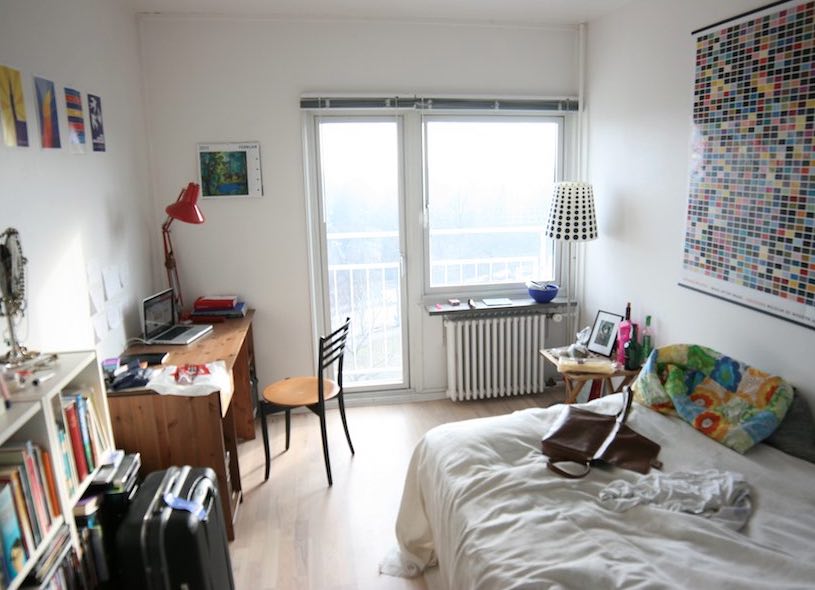Summary of Diff-pcc: Diffusion-based Neural Compression For 3d Point Clouds, by Kai Liu and Kang You and Pan Gao
Diff-PCC: Diffusion-based Neural Compression for 3D Point Clouds
by Kai Liu, Kang You, Pan Gao
First submitted to arxiv on: 20 Aug 2024
Categories
- Main: Computer Vision and Pattern Recognition (cs.CV)
- Secondary: Artificial Intelligence (cs.AI); Image and Video Processing (eess.IV)
GrooveSquid.com Paper Summaries
GrooveSquid.com’s goal is to make artificial intelligence research accessible by summarizing AI papers in simpler terms. Each summary below covers the same AI paper, written at different levels of difficulty. The medium difficulty and low difficulty versions are original summaries written by GrooveSquid.com, while the high difficulty version is the paper’s original abstract. Feel free to learn from the version that suits you best!
| Summary difficulty | Written by | Summary |
|---|---|---|
| High | Paper authors | High Difficulty Summary Read the original abstract here |
| Medium | GrooveSquid.com (original content) | Medium Difficulty Summary The paper introduces a new point cloud compression method called Diff-PCC, which uses stable diffusion networks to generate high-quality and aesthetically pleasing reconstructions. Unlike traditional autoencoders, the proposed approach employs a dual-space latent representation, where two independent encoding backbones extract expressive shape latents from distinct spaces. The decoding process involves a diffusion-based generator that stochastically denoises noisy point clouds guided by these shape latents. Experimental results show that Diff-PCC achieves state-of-the-art compression performance while maintaining superior subjective quality. |
| Low | GrooveSquid.com (original content) | Low Difficulty Summary The paper is about using a new type of computer model to make 3D shapes look more realistic and detailed. This model, called Diff-PCC, helps to compress (make smaller) point cloud data while keeping its quality high. It’s like taking a blurry photo and making it sharp again! The researchers used two different ways to get information from the data, then combined them to make something new. They tested it and found that it works really well. |
Keywords
* Artificial intelligence * Diffusion




